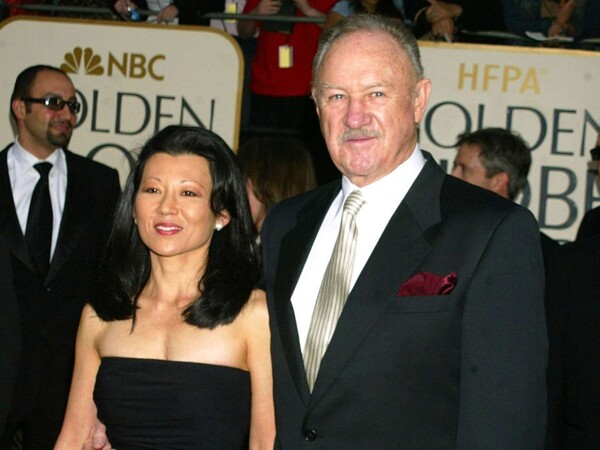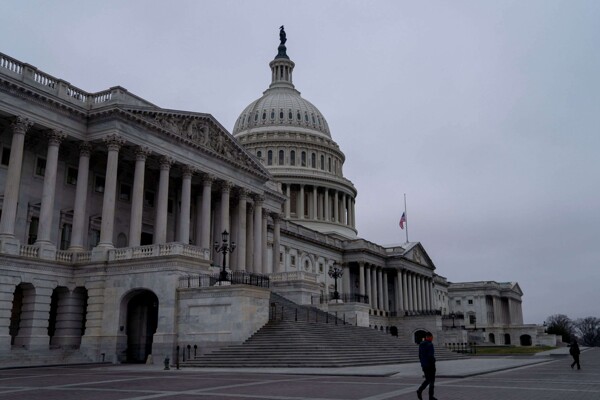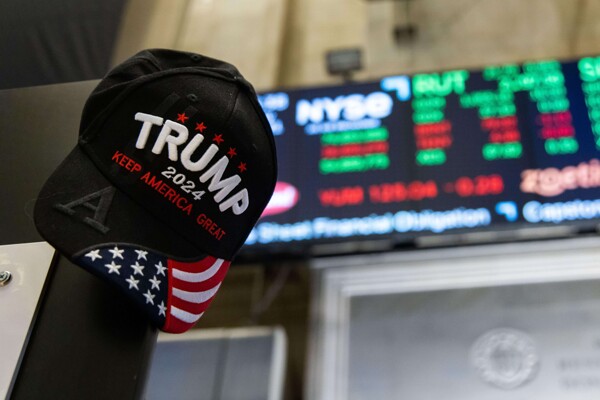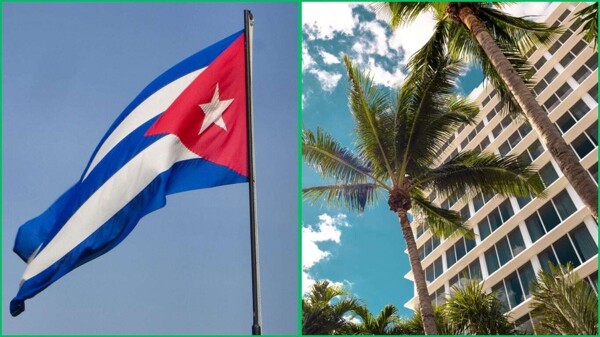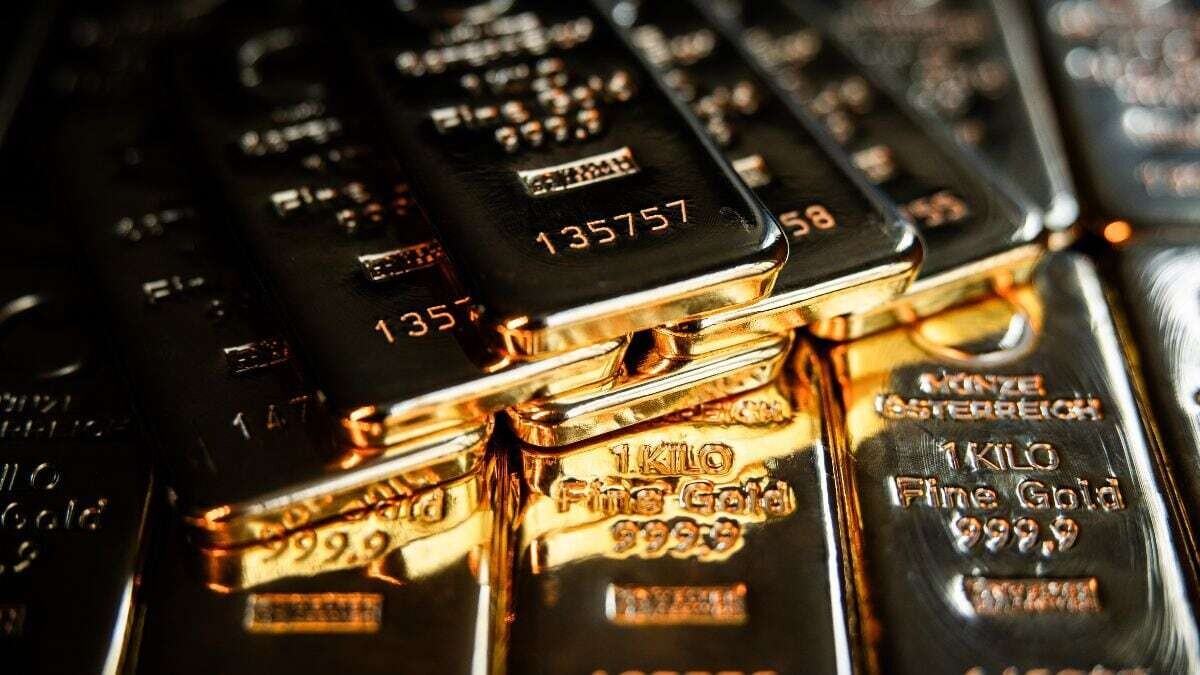
The price of gold surpassed $3,000 an ounce for the first time, reaching a high of $3,004.94 this Friday. This milestone was driven by central bank purchases, global economic fragility, and tariffs imposed by Donald Trump in an attempt to rewrite the rules of global trade. Gold bullion has experienced a significant increase, rising from over $1,000 an ounce after the financial crisis to exceeding $2,000 during the COVID-19 pandemic.
Although prices fell again to around $1,600 after the pandemic, they rose again in 2023, especially due to central bank purchases seeking to diversify their investments. By early 2024, the market continued to rise with significant purchases in China. The century-old function of gold as a store of value in turbulent times was reaffirmed with this new price record.
The gold centenary is quoted at 77,550 pesos for sale and 69,000 pesos for purchase according to BBVA data. In recent decades, the price of gold has multiplied tenfold, surpassing the performance of the S&P 500 index of U.S. stocks which quadrupled over the same period. This surge in gold has surprised despite factors that typically act against it, such as higher interest rates and a strong dollar.
The increase in gold prices has also been influenced by economic and political tensions, especially following the U.S. elections. More than 23 million ounces of gold have been introduced into the New York Comex futures exchange deposits, valued at $70 billion, significantly contributing to the rise in prices and the record U.S. trade deficit in January. This asset continues to demonstrate its ability to maintain its value in times of economic volatility and provide liquidity, despite adverse circumstances such as high-interest rates and a strong dollar.











